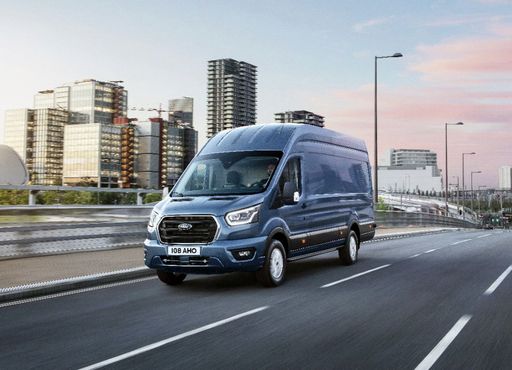Fiat Ducato vs Ford Transit: A Comprehensive Comparison
In the world of automotive transport solutions, the Fiat Ducato and the Ford Transit Bus stand out as leading options for businesses and transport services. Each offers distinctive features and technical innovations catering to different needs. Let’s dive into a detailed comparison to determine which model might be the best fit for you.




